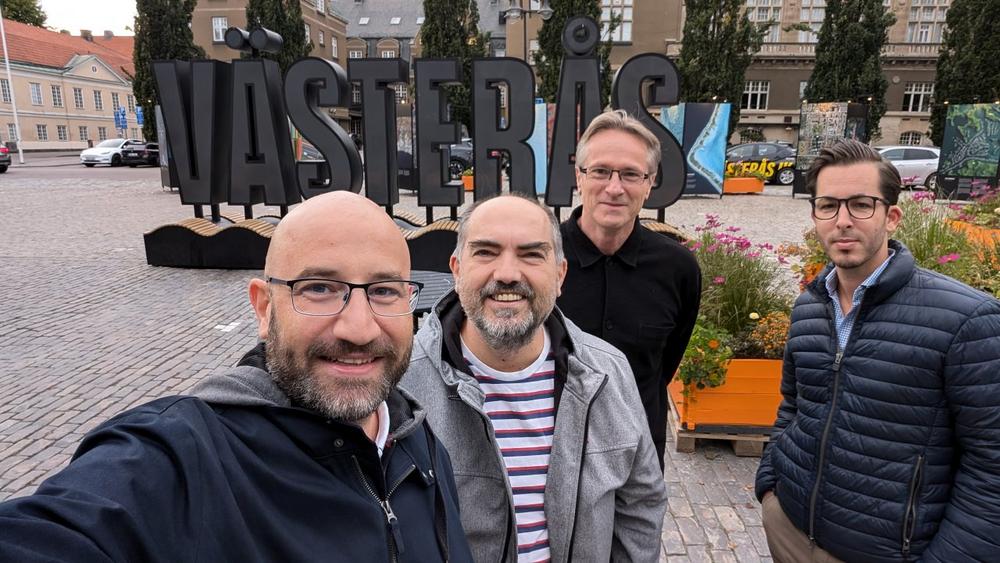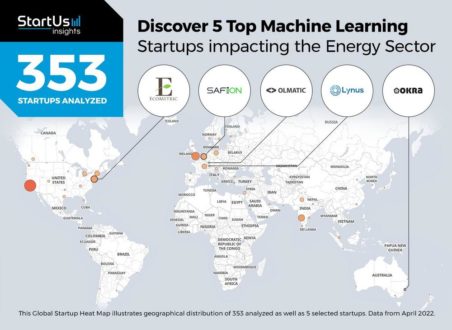
LieberLieber: Digital twins for the automated control of a microgrid
The Siemens use case in the MATISSE research project relates to the control of an intelligent microgrid. Such microgrids usually consist of at least one energy resource (e.g. a photovoltaic system) and, if necessary, an electricity storage facility, charging points for electric cars, load management and an interface to the building management system. ‘ Microgrids are typically controlled by static rules. By modelling a digital twin, we want to switch the control system to one that automatically adapts to current conditions and thus ensures optimal operation,’ explains project manager Danilo Valerio from the research department at Siemens Austria. A microgrid with various e-mobility charging stations on the Siemens campus in Vienna is being used as a test environment. The ‘Configuration Technologies’ research group at Siemens Austria is contributing its hybrid and neurosymbolic AI research to the project.
LieberLieber’s role in the project
As a specialist in MBSE (model-based systems engineering), LieberLieber’s role in this application is to transform the currently static and rule-based system into a dynamic and data-driven one. In collaboration with Siemens Austria and the Universities of Innsbruck and JKU Linz, this will be achieved by modelling a digital twin that ultimately controls the entire energy management system autonomously. Dr Konrad Wieland, CEO of LieberLieber, explains: "The digital twin represents the current microgrid, but is continuously updated with real-time data and can simultaneously interact with and influence the real system. This enables scalable, sustainable and intelligent operation of the microgrid, which in this case is tailored to the requirements of charging electric vehicles."
Applied research for European industry
MATISSE aims to use concrete case studies to enable European research and industry to offer services based on digital twins, including verification, prediction and monitoring, thereby improving the overall development and integration of digital twins. These efforts rely heavily on the use of models and model-based techniques, including both general languages such as UML/SysML and domain-specific languages (such as VVML) and model transformations.
"The goal in our use case is to develop a solution that works on a plug-and-play basis without having to define all the operational details of the microgrid in advance. To achieve such an ambitious goal, the solution must be able to continuously complete the knowledge base. We plan to do this using neurosymbolic AI approaches and inductive logic programming," Valerio continues.
The research group at Siemens Austria expects very specific results from the MATISSE project:
- Automated pipeline for creating digital twins for complex microgrid systems using MBSE
- Review and real-time adjustment of the created digital twin in terms of model fidelity and simulation accuracy through continuous verification and validation
- Optimisation of microgrid operation through learned and dynamically adapted rules, taking real-time factors into account (e.g. weather forecasts, seasonality)
- An integrated toolkit for the digital twin-based verification and validation of optimised microgrid operation
LieberLieber’s objectives in the MATISSE project
LieberLieber expects the MATISEE project to lead to innovations in the following areas:
- Further development and consolidation of the ‘Verification and Validation Modelling Language’ VVML co-developed by LieberLieber
- Modelling of Verification&Validation (V&V) workflows in Enterprise Architect using the VVML framework, which was developed to graphically describe the workflows of V&V methods. This should significantly improve the time and cost of V&V processes.
- Consolidation of expertise and best practice in DevOps for the creation of digital twins
- Further development of LemonTree with regard to automatic versioning and validation processes
LieberLieber Software GmbH
Handelskai 340, Top 5
A1020 Wien
Telefon: +43 (662) 90600-2017
Telefax: +43 (662) 90333-3017
http://www.lieberlieber.com
Leitung Presse- und Öffentlichkeitsarbeit
Telefon: +43 (1) 9072627-204
Fax: +43 (662) 90333-3017
E-Mail: ruediger.maier@lieberlieber.com
![]()




